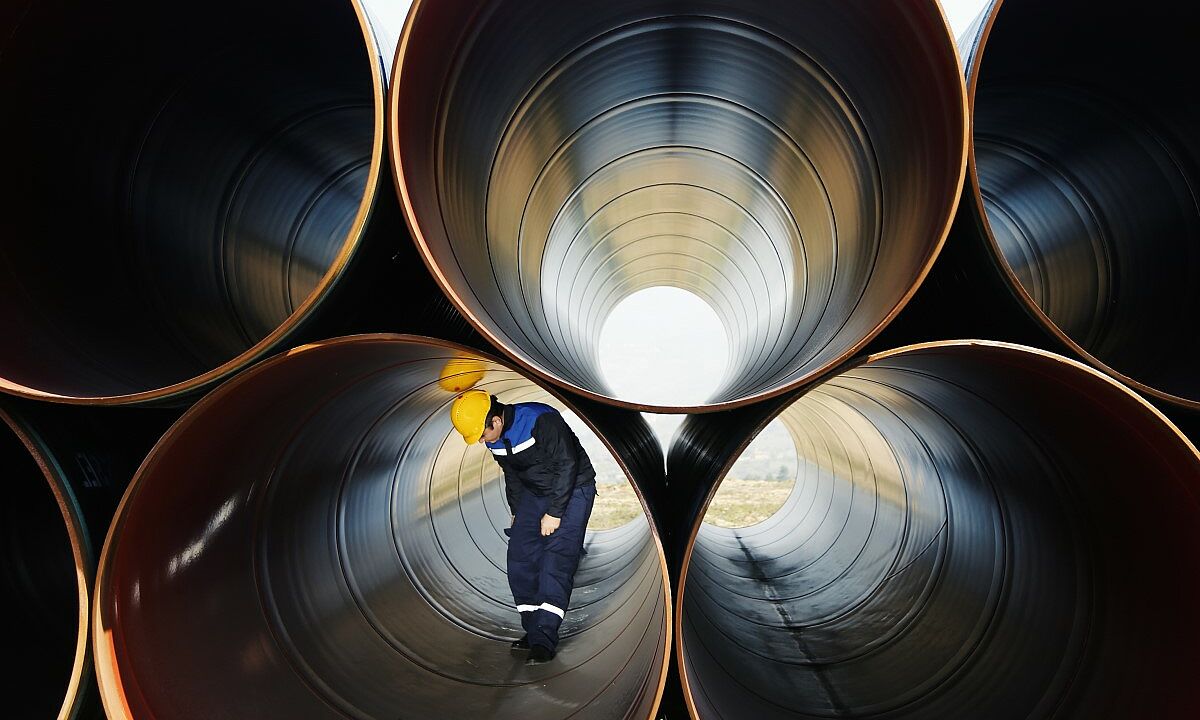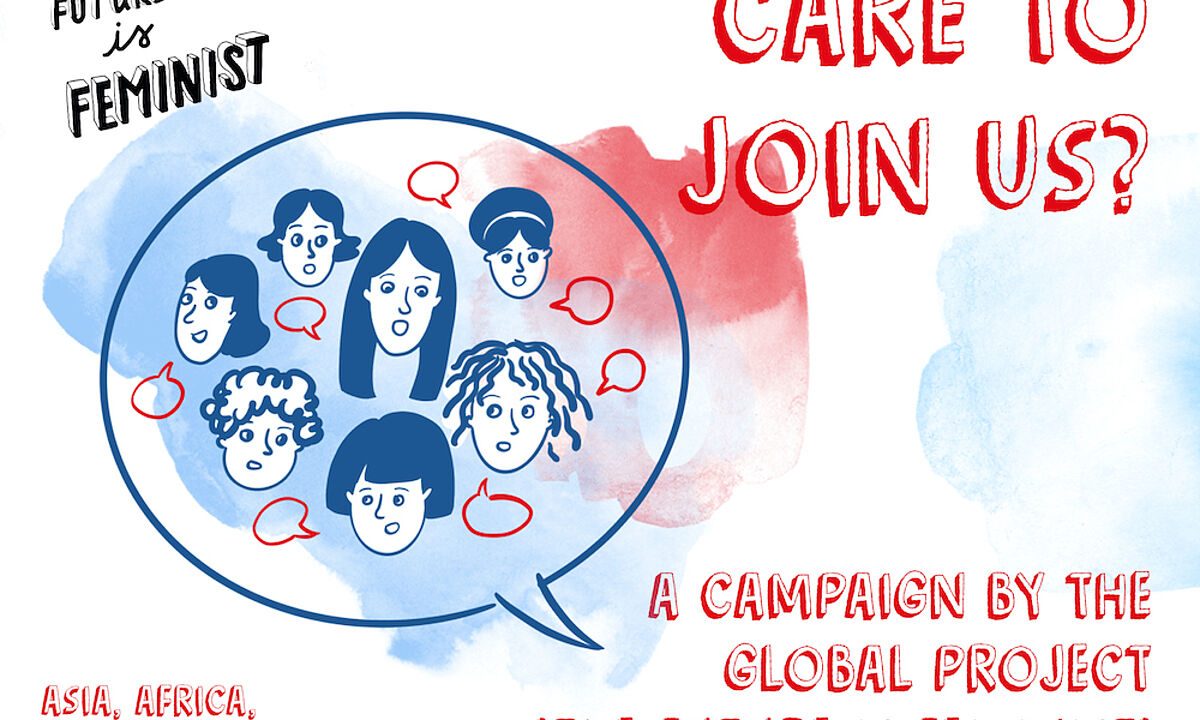Beijing, Moscow, Washington – who has what to offer in Latin America?
China and Russia are pursuing strategic interests in Latin America with renewed vigour, amid shifting foreign relations in the region. They are welcomed by different governments for a variety of reasons. Left-leaning political forces are mainly looking for a counterbalance to US hegemony. Right-wing governments are also searching for better ties with Russia and China, driven by economic interests as much as by the arrogance of the US administration and the lack of attention from the European Union.
We are currently seeing a realignment of geopolitical relations at an international level. The focus of attention is not on Latin America. The region does not represent a threat to global security. On the other hand, it does not have much constructive influence on international relations either.
Latin America, however, certainly serves as a playing ground for the geostrategic interests of the major powers. Russia and China in particular have been increasing their presence over the past years. A lack of interest from or even downright snubbing by the United States as well as the absence of European Union attention is to their benefit.
The Socialism of the 21st Century withers
The region's political shift to the left in the early 2000s favoured the resumption (in the case of Russia) or intensification (in the case of China) of relations with the region.
Governments of the so-called "Socialism of the 21st Century" group of nations such as Venezuela, Cuba, Bolivia and Nicaragua have been particularly interested in intensified cooperation for ideological reasons. Their shared desire for a counterbalance to US hegemony was of crucial importance. They also found that their dealings with the political opposition or their human rights records are less of a concern than they are in relations with the West. In return, these governments dependably support Russian or Chinese positions at the UN. Without a doubt, the close relationship pays off for the left-leaning governments. For example, the government of Venezuela depends deeply in its ongoing struggle for economic and financial survival on help from China and Russia. Constantly balancing on the brink of insolvency, it will have already gone bankrupt without their help. This applies in particular to the Venezuelan state oil company.
The region's shift to the left has taken significant damage in the last two years, most obvious in the cases of Argentina and Brazil, currently governed by right-wing parties. This, however, has not adversely affected their intentions to maintain good relations with China and Russia.
The issue is not ideology or geostrategic interests, but simply the diversification of markets and attractive investments. And the fact that Donald Trump snubs even those governments that actually want closer ties to the US, makes China and Russia even more attractive.
It is true that, on the one hand, the right-wing governments are seeking closer ties to the US and Europe. The business elites as well as right-wing politicians in these countries have traditionally been closer to the West, as they identify themselves historically and ideologically with Western models. In this context, Brazil and Argentina are currently seeking membership of the Organization for Economic Co-operation and Development (OECD). However, on the other hand, these countries cannot afford this to impair their relations with Russia and China.
The issue is not ideology or geostrategic interests, but simply the diversification of markets and attractive investments. And the fact that Donald Trump snubs even those governments that actually want closer ties to the US, makes China and Russia even more attractive.
Trump’s protectionism has the same deterrent effect as the statement that a military intervention in Venezuela is being considered.
Under these circumstances, right-wing governments cannot win anything with a one-sided commitment to the US. However, it remains to be seen in the future whether, for example, Brazil's membership in the BRICS alliance (Brazil, Russia, India, China and South Africa) is compatible with an OECD membership.
China has to date the most extensive loans to and cooperative agreements with Venezuela, Ecuador, Bolivia and also Argentina under former president Cristina Fernandez's government.
The EU is, meanwhile, concentrating its foreign policy attention on those regions that it expects to help fight terror and reduce migration. Since Latin America plays no significant role in either of these areas for Europe, the region has almost become a blind spot of European foreign policy.
Contemporary Latin America in turn views foreign policy primarily as economic policy. This applies particularly to right-wing presidents such as Mauricio Macri (Argentina), Michel Temer (Brazil) and Enrique Peña Nieto (Mexico). The approach is characterized by pragmatism, but there is no common strategy within the region. The respective governments see themselves more as competitors rather than as strategic partners. The integration associations are weak. Projects for regional integration are lacking dynamism at present, as governments disagree on difficult issues such as how to deal with the political crisis in Venezuela or the initiation of joint reform projects. This situation benefits international partners such as China, as it gives them greater weight in country-to-country negotiations.
The dependence on China for economic development is two-faced
China may be drawn to the region by economic and financial interests, but it finds some of its most willing partners in countries attracted by ideological reasons. This particularly applies to the "Socialism in the 21st Century" nations. These countries—such as Venezuela, Ecuador, Bolivia and also Argentina under former president Cristina Fernandez's government—want to turn away from the US. They see China as a strategic partner. To date, China’s most extensive loans to and cooperative agreements are with these countries. Outside the governments of beneficiary countries, however, public opinion with regard to China's presence in the region is more divided.
Currently, China is a major trading partner in the region—for Brazil, Chile and Peru it already represents the most important partner. Since 2000, trade in the region as a whole has increased by a factor of more than 20. Direct investments originating in China and the extension of loans have also grown massively, from 1 to 9 per cent of total foreign direct investment in Latin America during the period 2008-2011, and loan credits have amounted to over 75 billion US dollars since 2005 (link in English).
Processing chains are not established in the region. Most goods of higher processing are imported. And when Chinese demand slows, as in the last few years, then Latin America's economies immediately begin to suffer.
In 2016 alone, Chinese policy banks granted loans in the region amounting to 21 billion US dollars (1). The dependence on China and its economic development is evident: At the beginning of the 2000s, Chinese demand for raw materials and agricultural goods drove their global market prices up. Latin America profited; the result was stronger economic growth. However, the boom proved to be detrimental to subsequent development. Instead of helping to consolidate industrialization, it resulted in a re-primarization of the economies.
Today, Latin America appears to be stuck in the commodity trap. Its economies are mainly based on the export of agricultural products and raw materials. Processing chains are not established in the region. Most goods of higher processing are imported. And when Chinese demand slows, as in the last few years, then Latin America's economies immediately begin to suffer.
In times of increasing North American protectionism, China appears to represent a safe alternative to many Latin American governments, especially now. For this reason, China is likely to benefit from a possible end of the North American Free Trade Agreement (NAFTA).
US President Trump has also announced the reduction of development aid to Central America. Here as well China will probably step in, on foreign policy grounds alone. Beijing is particularly interested in the remaining countries in the region which still hold diplomatic ties with Taiwan (of which there are 11) to break those off. In this context a cooperation agreement could prove to be helpful.
Russia weighs opportunities for global affirmation
Both China's and Russia's efforts are aimed at developing relations with the region over the long term. China, however, would like to avoid appearing to be aggressive, whereas Russia by all means wants to be provocative.
Russia is interested in long-term and multifaceted relationships with countries in the Western hemisphere. Relations with Latin America have primarily political significance to Moscow. The goal is to demonstrate that its global influence is as strong today as it was in the era of the Soviet Union.
Ties to countries in the Southern hemisphere are well suited for counteracting the West's isolation of Russia at an international level.
The crucial significance of Latin America and especially the Caribbean is its geographical proximity to the United States. With its presence here, Russia can take a little revenge for the NATO expansion in Eastern Europe. Furthermore, ties to countries in the Southern hemisphere are well suited for counteracting the West's isolation of Russia at an international level. There was no support in Latin America for the attempts of Western countries to isolate Russia at the beginning of the Ukraine crisis. Accordingly, the good relations with Latin America are extensively acknowledged in the Russian media.
In the relations between Russia and Latin America, economic and trade interests are also a factor.
Russia is so far not on a par with the US, China or the EU, but there is collaboration in the nuclear sector and military cooperation with several countries. Russia is building a satellite tracking station in Nicaragua, for instance. Consideration is being given to reopening military bases dating back to the Soviet era. In this regard, the focus is on Central America and the Caribbean.
Russian energy and armaments companies are active in Latin America. They are seeking new markets and opportunities for cooperation. Moreover, Western sanctions especially in the food sector were offset by deliveries from Latin America.
An important instrument for the Russian approach to Latin America is Russia Today in Spanish. Compared to other foreign broadcasters, RT is extremely successful in the region. Russia's political model is presented as an efficient alternative to liberal democracy. Evidently this reasoning is certainly catching on in Latin America. And the Chinese model of authoritarian capitalism is by all means not only regarded critically. ###
Notes:
(1) The three state-owned policy-making banks were established in 1994 to oversee politically motivated loans and investments for China's state projects. They consist of the Agricultural Development Bank of China, the China Development Bank and the Export-Import Bank of China (link in English).
Claudia Detsch is a sociologist and director of the political magazine Nueva Sociedad. She previously headed up the Friedrich-Ebert-Stiftung's Ecuador office.
About FES Connect
Connecting people, in the spirit of social democracy, we source and share content in English from the German and international network of the Friedrich-Ebert-Stiftung.




